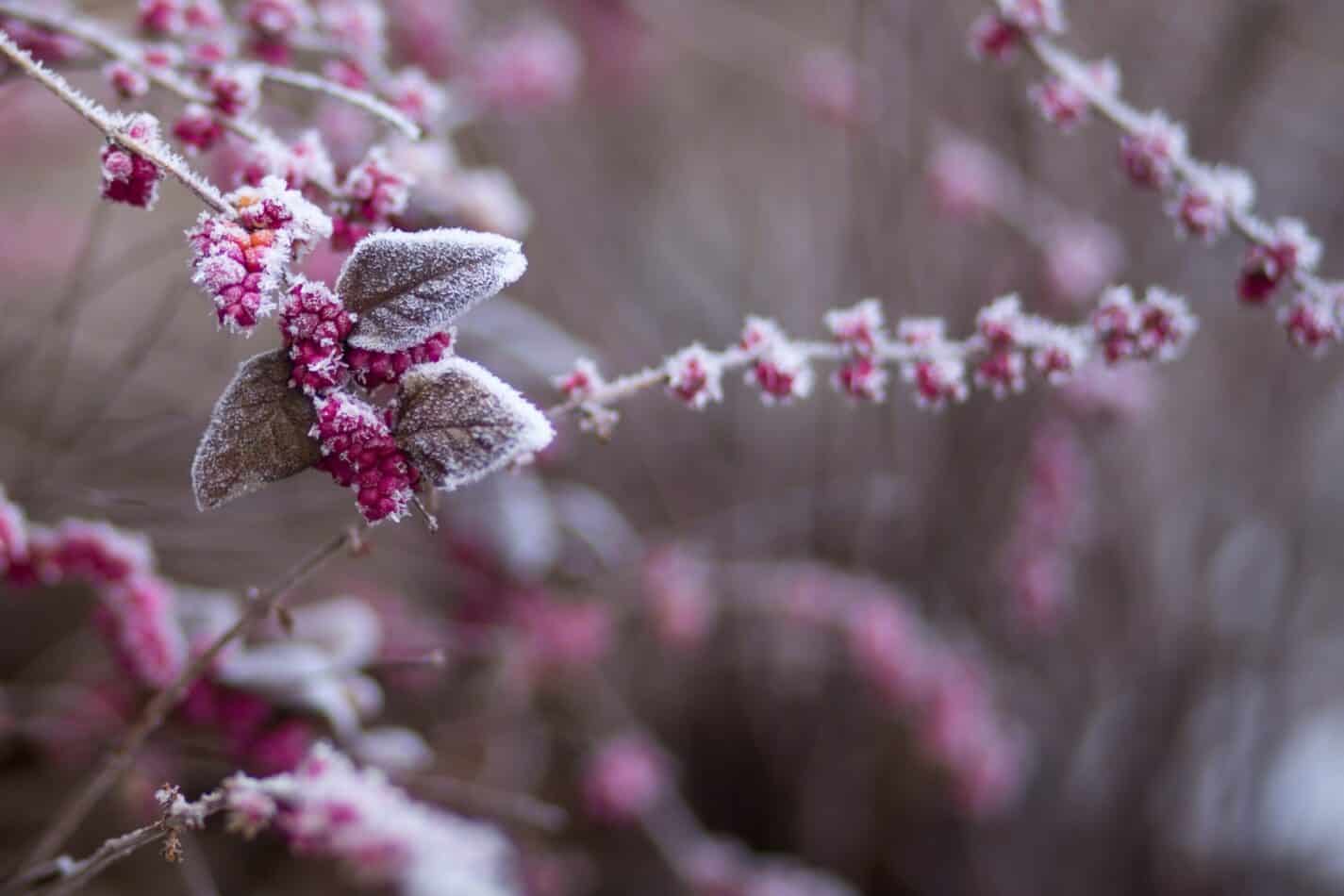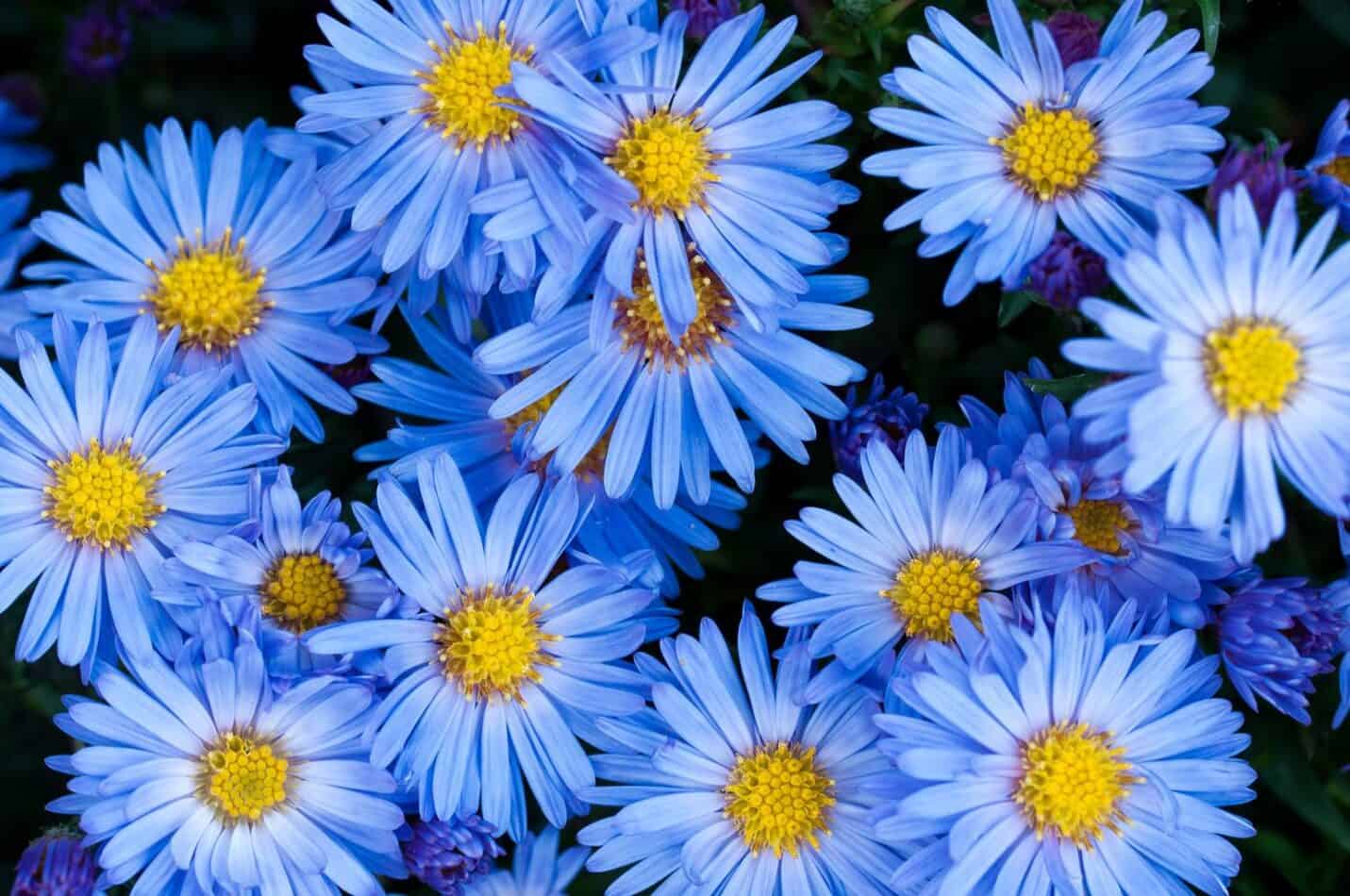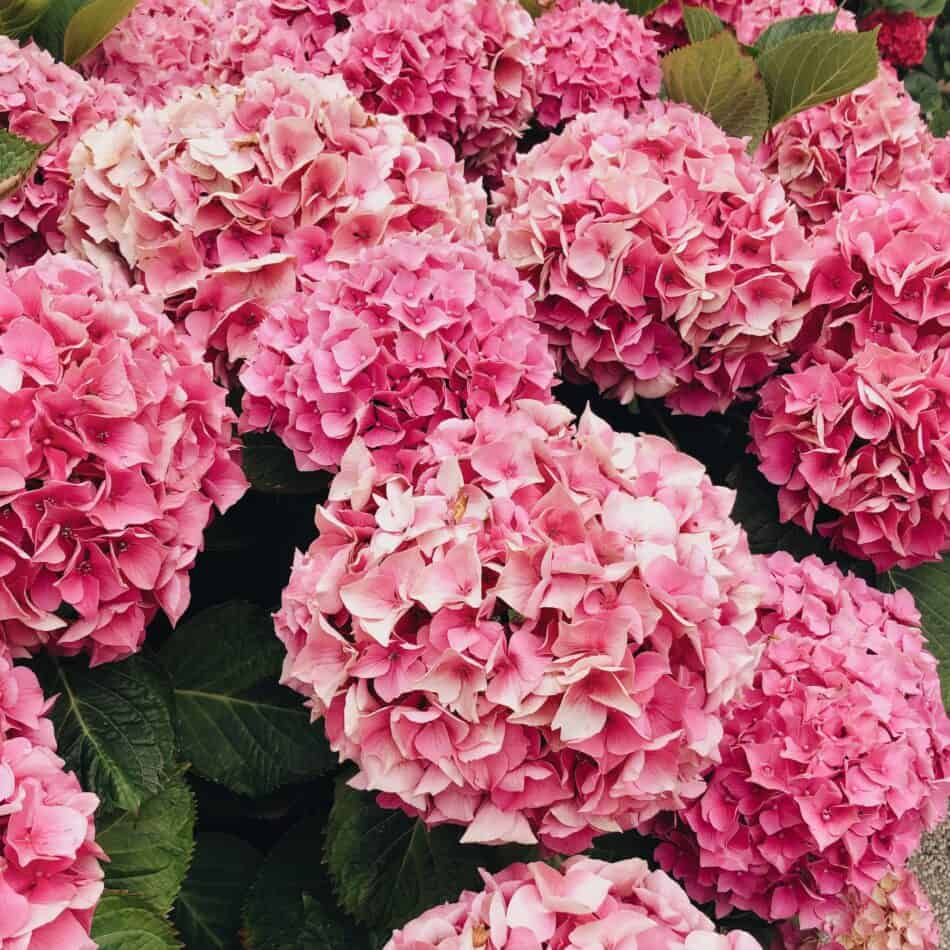Cold weather can be fatal for your plants, but winter-weather damage is difficult to avoid. However, you can prevent some of the worst effects of winter temperature with a bit of preparation.
You will need to learn when the cold front will reach you. It is helpful to know your first and last frost date to prepare your plants accordingly. Invest in a good minimum/maximum weather thermometer. Your iPhone app will give the average reading for your location and not the current and accurate temperature for your garden.
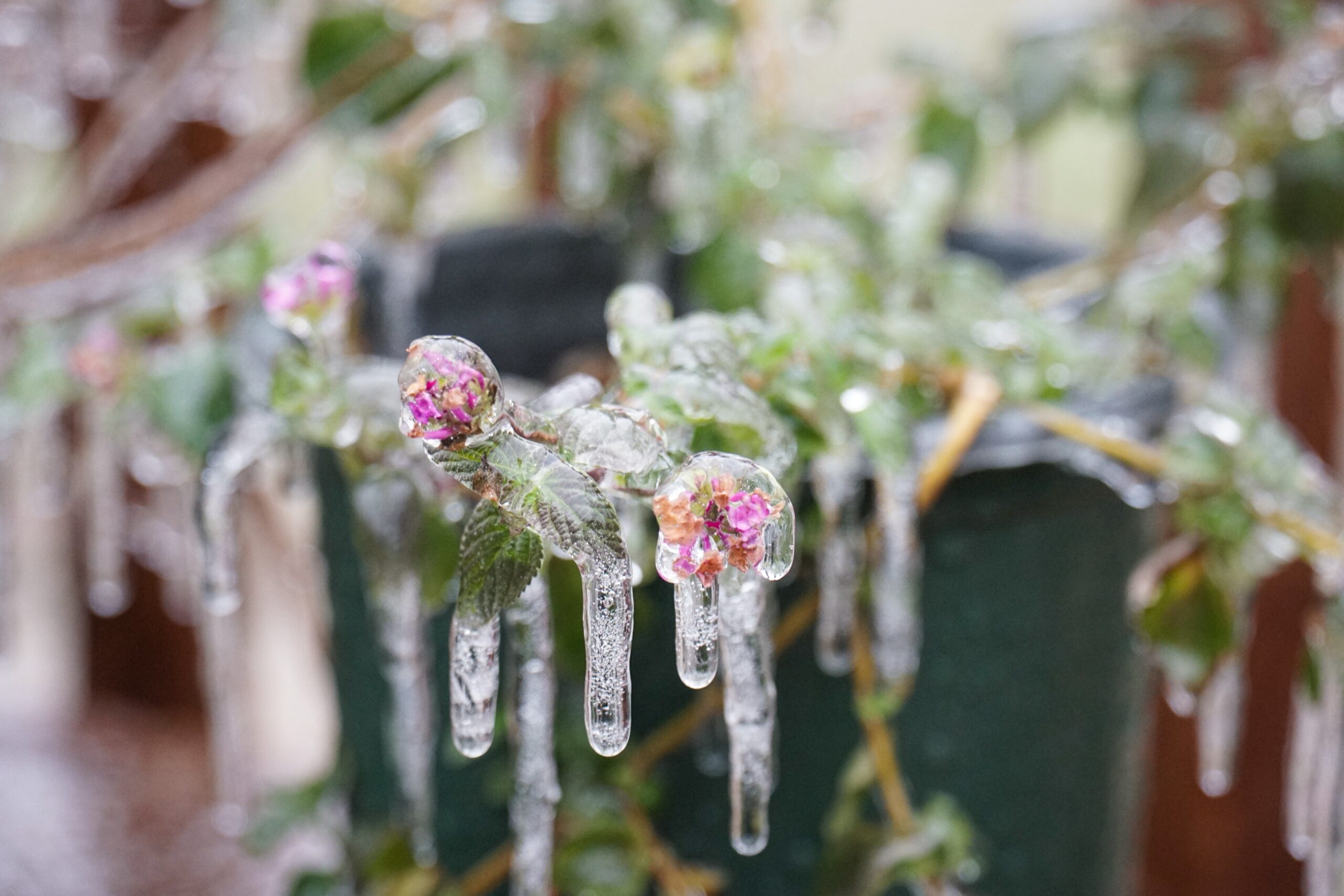
Many plants do not survive freezing temperatures. Tender plants will get killed when the temperature reaches 29° to 32° F, and most vegetation when it reaches – 25° to 28° F.
Specifically, a temperature of 29°F to 32°F tends to kill new plants. A temperature of 25°F to 28°F damage the majority of plants. Below 24°F, almost no plants can survive. Fret not; we have solutions for protecting your plants from the cold!
Many damages can occur with freezing weather, but we will focus on the two main categories of winter damage.
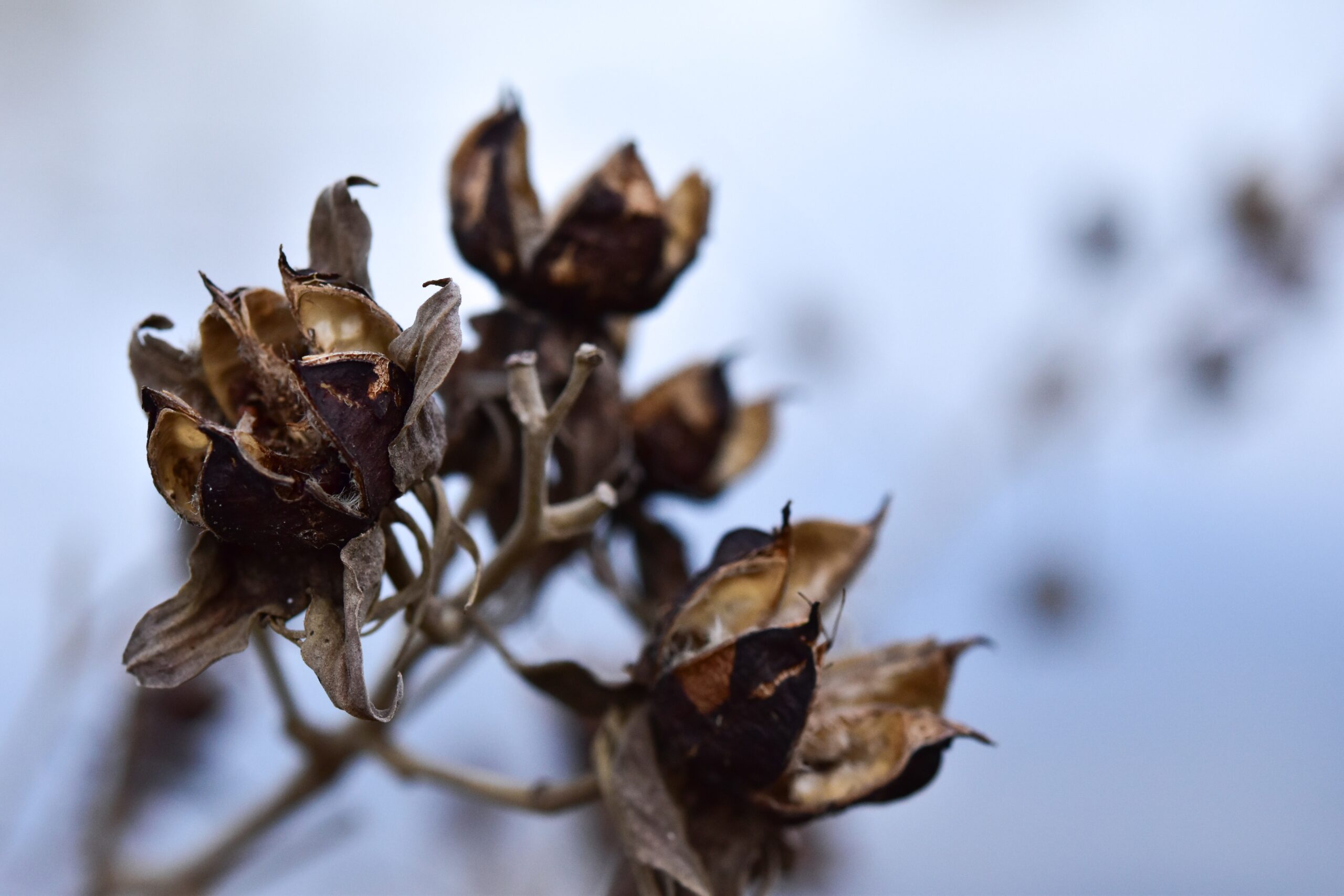
Frost Damage/Heave:
Frost Damage/Heave it‘s a sudden event that can happen without warning.
How to deal with it:
- Remove badly broken branches to stimulate new growth
- Use mulch to protect the soil from freezing and thawing
What to do in spring:
- Fertilize in spring and late summer (using a slow-release fertilizer the second time). Prune to stimulate growth
- If the plant has heaved from the ground, replant it as soon as the floor thaws.
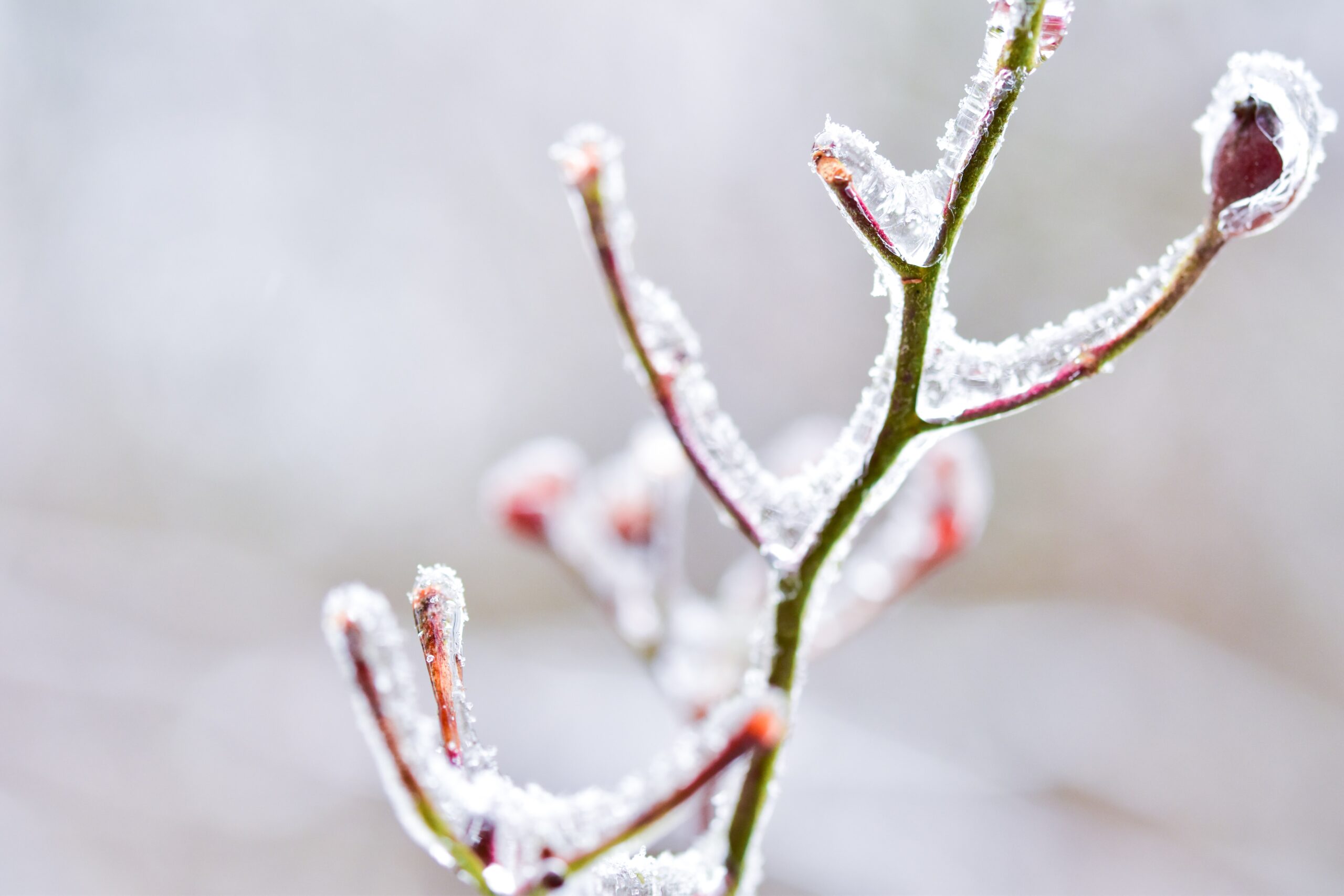
Salt Burn:
How to deal with it:
Don’t accumulate snow-containing salt near your plants. Once melted, the salt in the snow will reach your plants, and it could compact the soil, thus affecting your garden’s health.
What to do in spring:
There’s very little you can do if salt run-off is being piled up near your plants by road workers. You can ask them to avoid doing so—alternatively, plant salt-tolerant plants near the side of the road.
What we love from Amazon this week
Buy these wonderful flowers directly from Amazon:


